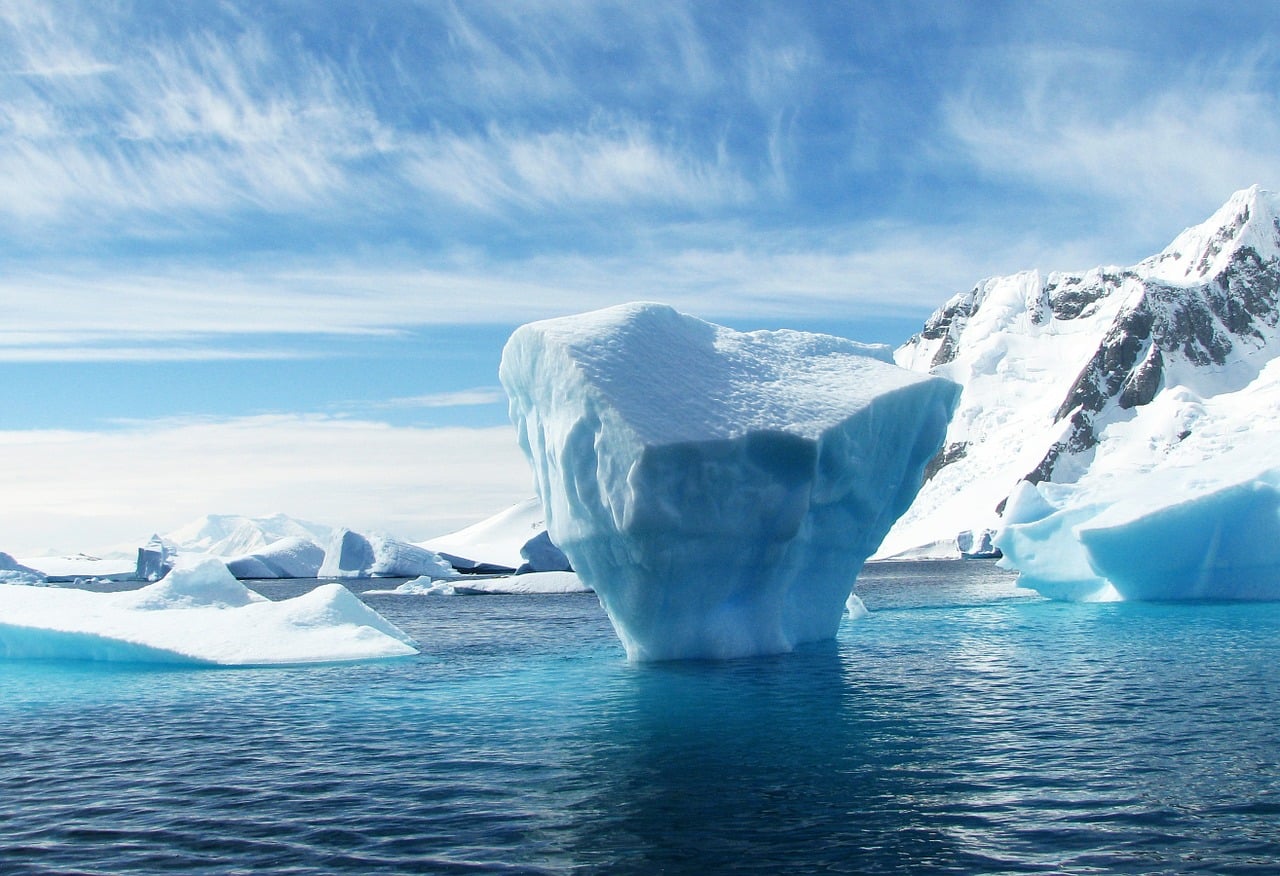There was time when researchers were baffled by the increasing amount of sea ice in Antarctica. While the Antarctic sea ice was more solid than the Arctic ice, now it seems to be melting faster than its northern counterpart, according to new research.
Researchers analyzed 40 years of satellite data on the sea ice in Antarctica. The fact that it’s melting so fast is worrisome because we should be more concerned about rising temperatures due to climate change. The findings were published in the journal Proceedings of The National Academy of Sciences.
According to Claire Parkinson, a senior scientists from NASA and the author of the study, sea ice has huge effect on Earth’s climate. Because of its bright surface, it can reflect 50% to 70% of sunlight back into space. However, that will be less and less the case when the ice melts. Melting ice blends with the dark surface of the ocean, which absorbs 90% of the sunlight instead of reflecting it. The more sunlight that’s absorbed, the warmer temperatures in the global sea become.
“Sea ice also affects the polar ecosystem, including penguins and whales and seals, petrels and albatrosses, krill, and a whole range of additional animals and marine plant life,” Parkinson told CNN.
Because the Arctic was previously melting faster than the Antarctic, scientists had a clear view of the consequences caused by climate change. However, the fact that the sea ice in Antarctica was increasing served as a counter-argument for those who don’t really believe in the effects of climate change.
The new study now shows that things have changed for Earth’s southernmost continent. Scientists used satellite data on the amount of sea ice each year, which revealed that the sea ice in Antarctica was on the increase until 2014. However, things changed after that; it began melting and reached a record low in 2017. According to Parkinson, it’s still unclear what caused this dramatic turn.
While researchers still don’t know why Antarctic sea ice increased until 2014, Dr. Kaitlin Naughten, a sea ice modeler at the British Antarctic Survey told CNN that the Antarctic climate was protected from melting and atmospheric warming by the winds surrounding the continent.
“This means that Antarctic sea ice doesn’t respond directly to global warming averaged over the whole planet, but rather to changes in these winds. Climate change is affecting the winds, but so is the ozone hole and short-term cycles like El Nino. The sea ice also responds to the level of ocean mixing, which is affected by meltwater from the Antarctic Ice Sheet,” she told CNN.
However, now that the sea ice is melting, scientists are becoming more concerned. Previously, the increases in the amount of Antarctic sea ice helped reduce the effects of melting ice in the Arctic, but “now that sea ice is retreating in both hemispheres we should be concerned about our planet’s temperature because it means less of the sun’s heat is reflected back into space,” Andrew Shepherd, director of the Centre for Polar Observation and Modelling at the University of Leeds, told CNN.





